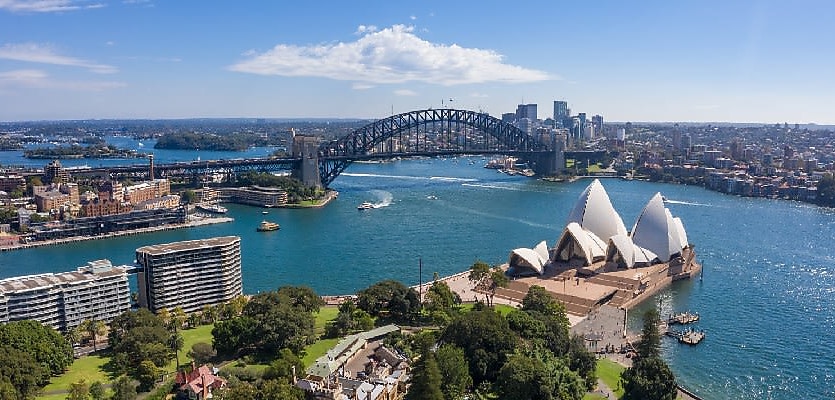Despite localised lockdowns, home values across the capital cities have continued to climb, but is this growth sustainable?
Confirming the market’s strength amid yet another COVID-19 outbreak, the average capital city house price soared 10.4 per cent in the week ended 29 June to $1.078 million, new research from SQM has revealed.
At the same time, the national average increased by 7.6 per cent to a median of $687,500.
“There are still more buyers than sellers in national property markets, and ... the market remains strong despite the new outbreak in COVID-19 cases and the end of JobKeeper and HomeBuilder earlier this year,” SQM Research managing director Louis Christopher said.
According to Mr Christopher, strong lifts in asking property prices in capital cities and the regions suggest the growth momentum will stick around for the entirety of 2021.
Examining each capital city, Sydney emerged as the winner, with an 18 per cent rise in the average house asking price to a median of $1,560,700 — making it the most expensive capital city to purchase a house.
Following Sydney, albeit with a large gap, was Canberra with 4.8 per cent, then Perth with 4.1 per cent, Brisbane with 3.8 per cent and Adelaide with 3.6 per cent. Darwin and Melbourne saw declines of 5.8 per cent and 1.2 per cent, respectively.
Despite recording a weekly rise, Adelaide remained the most affordable city to buy a house, with its median at $572,200.
Over the month, Sydney was dethroned by Canberra, which recorded a strong price rise of 5.4 per cent compared with Sydney’s 3.2 per cent. Adelaide followed with price growth of 4.5 per cent, Perth with 3.2 per cent, Brisbane with 1.9 per cent and Melbourne with 0.7 of a percentage point. Darwin slid down by 0.7 of a percentage point.
Year-on-year, Hobart emerged on top as its average house asking price added 13.7 per cent. It was followed by Sydney with 13.2 per cent, Adelaide with 8.3 per cent, Brisbane with 7 per cent, Darwin and Melbourne with 3.7 per cent, and Perth with 2.7 per cent. Canberra declined by 3 per cent.
Looking ahead, Mr Christopher expects the growth trend to persist as fundamentals remain strong and the economy continues to improve.
He said: “Households are awash with cash, the jobless rate is falling, so we’d expect house price growth to remain strong with interest rates so low.”
However, he has warned that the market’s current pace may not be sustainable over the long term.
“The current worldwide housing boom, strongly suggesting this strong upturn in Australia has been driven largely by ultra-low interest rates and easier lending standards. In time, there will be a change in these monetary settings, which will trigger a downturn,” Mr Christopher concluded.
How much do you need?
Depending on which capital city investors choose to buy in, here’s what they can expect to spend and an indication of asking rents:
Sydney
Buy houses: $1,560,700 (most expensive – house purchase)
Buy unit: $687,300 (most expensive – unit purchase)
Rent houses: $683
Rent units: $459.8
Melbourne
Buy houses: $1,064,900
Buy unit: $563,800
Rent houses: $516.8
Rent units: $362.3
Brisbane
Buy houses: $690,400
Buy unit: $395,000
Rent houses: $510.6
Rent units: $388.3
Perth
Buy houses: $691,000
Buy unit: $390,200
Rent houses: $522.4
Rent units: $399.7
Adelaide
Buy houses: $572.200 (most affordable – house purchase)
Buy unit: $323,700 (most affordable – unit purchase)
Rent houses: $447.3 (most affordable – house rent)
Rent units: $328 (most affordable – unit rent)
Canberra
Buy houses: $806,200
Buy unit: $474,000
Rent houses: $710.9 (most expensive – house rent)
Rent units: $500.7 (most expensive – unit rent)
Darwin
Buy houses: $600,800
Buy unit: $374,100
Rent houses: $610.5
Rent units: $447.2
Hobart
Buy houses: $650,600
Buy unit: $414,200
Rent houses: $462
Rent units: $418.8









You are not authorised to post comments.
Comments will undergo moderation before they get published.